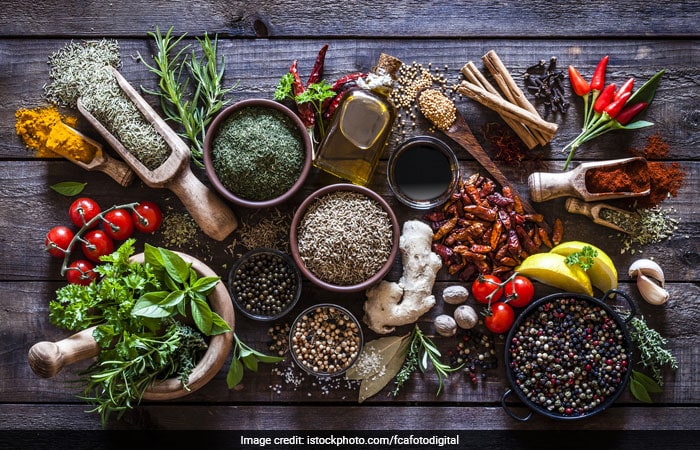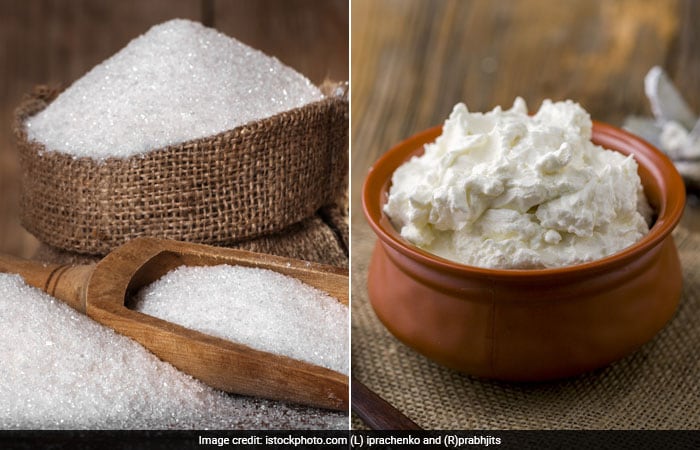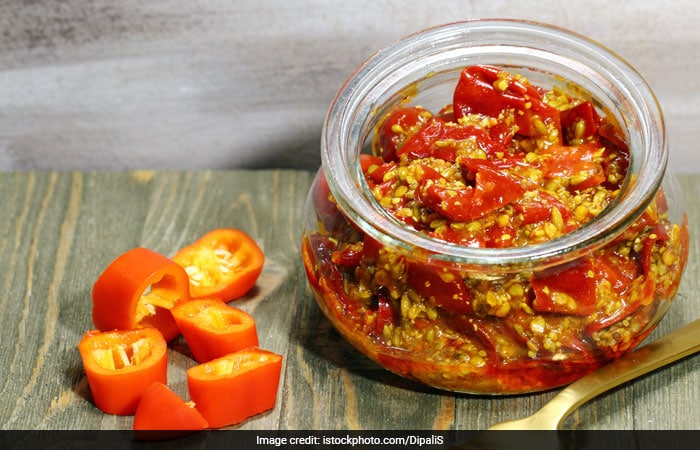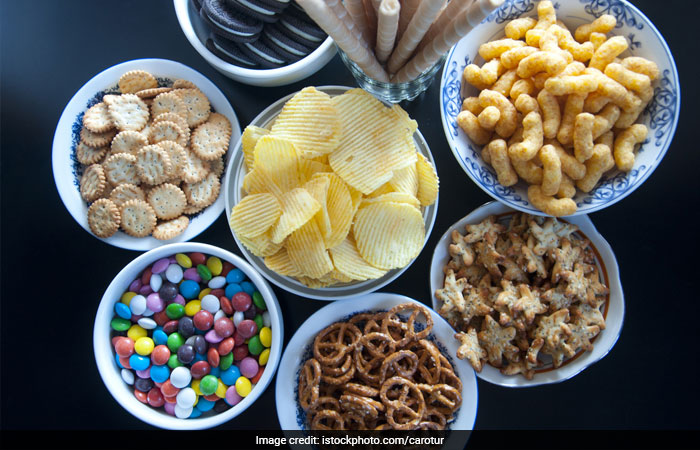National Nutrition Month: What Are The Different Kinds Of Processed Food And Their Health Impact?
When obesity in Brazilian adults went up from 7.5 per cent in 2002 to 17.5 per cent in 2013, Professor Carlos Monteiro from University of Sao Paulo, and his team researched their dietary patterns. They found that consumption of processed foods made people eat more, and led to increased obesity and Type-2 diabetes. This was happening in spite of the fact that people were buying less sugar and oil. The researchers also noticed an increase in the consumption of highly processed or ultra-processed, ready to eat, sugary and packaged food products. Following this, Professor Carlos Monteiro and his team developed the NOVA food classification which categories food into four groups, based on the processing, rather than in terms of nutrients.
Group 1: Unprocessed Or Minimally Processed Foods
These are real foods like edible parts of plants (seeds, fruits, leaves, stems, roots) or of animals (meat, eggs, milk). It also includes vegetables and fruits like carrots, potato, onion, banana, and grains, raw chicken or nuts. These are eaten as boiled, cooled, pasteurized, roasted, crushed, ground, fermented, fried or frozen. For example, fermenting milk turns it into yoghurt. These food items are prepared domestically not industrially processed.

Group 2: Processed Culinary Ingredients
Processed culinary ingredients are either obtained from unprocessed or minimally processed foods or by processes such as pressing, refining, grinding, milling, and spray drying. These are used in cooking and seasoning to make foods delicious. Salt, sugar, oil and butter from milk, ground spices, are some of the food items that belong to this group.

Group 3: Processed Foods
Processed foods are also derived from group one and are prepared by adding sugar, salt, oil. The sugar and salt content in processed foods determine how unhealthy they are. Food items from group 1 are processed to improve their shelf life and modify taste. Some of the common examples of processed foods are fruits preserved in sugar syrup (murabba), pickles, simple cheese made from milk and canned fruits or veggies.

Group 4: Ultra-processed Foods
Ultra-processed foods contain little to no proportion of real foods. These are produced in the factories and mostly sold as ?packaged food' or ?ready to eat' anytime anywhere foods. Processed foods contain five or even more ingredients and at least one additive (dyes, flavours, non-sugar sweeteners). These make foods intensely palatable. Some of the common examples are packaged baby milk, cereal, instant soups, noodles, packaged breads, ice-creams, biscuits, cakes, and others.

















